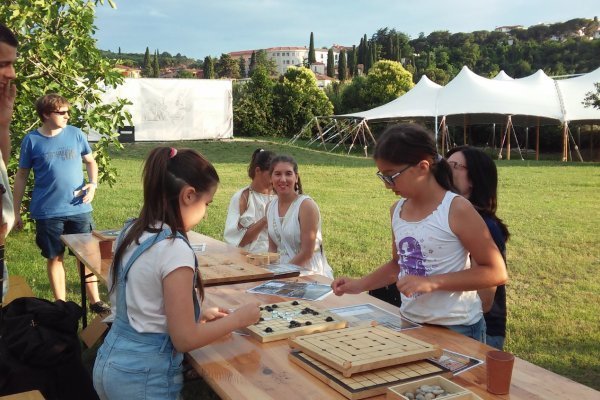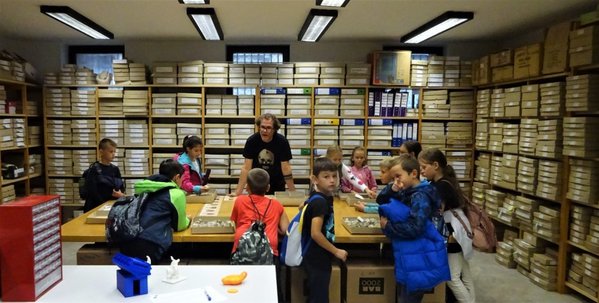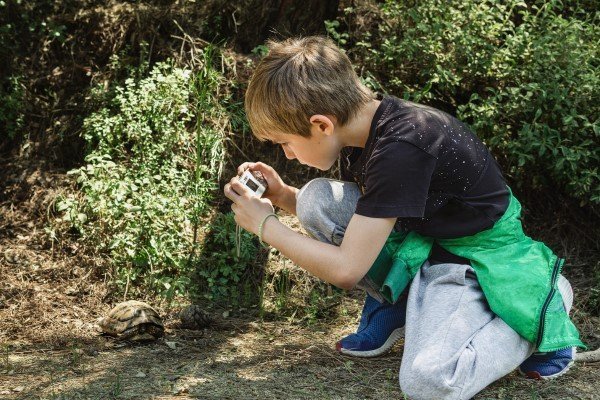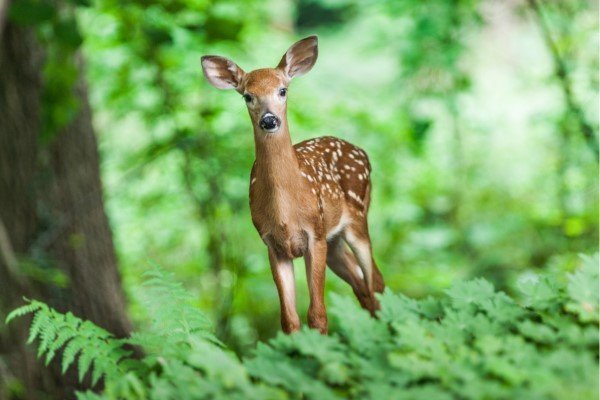The organisers of the event want to encourage participants to think about the connection between man and the Universe through science.
The Slovenian Science Festival will showcase the interconnectedness of nature and how our actions affect the planet we live on through science and humanities experiments, shows, workshops, lectures, talks, exhibitions and field tours.
In Ljubljana, the festival will take place at the Faculty of Chemistry and Chemical Technology of the University of Ljubljana. At our university, the festival events will take place in two locations, the Faculty of Humanities and the Faculty of Mathematics, Natural Sciences and Information Technologies.
Programme
Location: UP FHŠ
Workshop for primary and secondary school students: Earth and people – science from a suitcase
Dates:
- 26. , 27, 28. 9. – 10:00-11:00 (led by Andrej Preložnik)
- 26. , 27. 9. – 13:00 – 15:00 (moderated by Prof. Dr. Irena Lazar and Assoc. Prof. Dr. Zrinka Mileusnić)
Moderators: Prof. Dr. Irena Lazar, Assist. Dr. Zrinka Mileusnić, Andrej Preložnik

The workshop Earth and People: science from the suitcase contains various themes from life in antiquity, derived from copies of archaeological objects stored in interpretive suitcases. Children have the opportunity to pick up objects that are usually inaccessible and stored in glass cases and take a closer look at them. They learn about themes from life in the past – writing and its development, medicine and hygiene among the Romans, diet and eating habits, trade, etc.
Of course, we explain how an archaeologist identifies and places objects in time, how this helps us learn about life in the past, what objects mean and why the layers of the earth are important in the course of an archaeological excavation, and how the discovery of Roman obituaries helps them to do this.
This is followed by a presentation of modern non-destructive archaeometric analyses of individual materials and what answers they can give us. The workshop provides an experiential walk through the visible and invisible archaeological heritage; introduces children to modern methods of archaeological work, the importance of protecting, learning about and educating about our heritage and the importance of citizen science.

Location: UP FHŠ
Workshop for primary and secondary school students: Earth and People – visible and invisible archaeological heritage
Date: 26. and 27 – 09:00-15:00 (the number of sessions is subject to the number of applications – schools agree on the time that suits them, 1 workshop lasts up to 60 minutes), led by Assoc. prof. Dr. Boris Kavur and Assoc. prof. Dr Martina Blečić Kavur
Moderators: Assoc. Prof. Dr. Boris Kavur and Assoc. Prof. Dr. Martina Blečić Kavur
The workshop Earth and People: visible and invisible archaeological heritage is divided into two themes Ceramics – Production and Archaeology and Copper – Metallurgy and Archaeology, which present in an interesting and entertaining way the selected archaeological heritage from the basic extraction of raw materials (from the earth) to the creative and innovative human production of individual objects in the past. This is followed by a presentation of archaeological processing methods and, in particular, modern non-destructive chemical analyses of individual materials. Then digitisation and the creation of reconstructions and various replicas are presented. Multimedia presentations (presentations, previews of films and digitised objects in various formats) are based on a variety of content with innovative approaches, with the possibility of trying out various devices and direct tactile contact with objects of Slovenian and replicas of world archaeological heritage (e. g. Willendorf Venus). This provides an experiential walk through the visible and invisible archaeological heritage and introduces children to the work of an archaeologist.
Location: Livade 1.0, Izola
Workshop for primary school students, teachers also welcome: Fantastic animals and where to film them
Date: 26. and 27 September, 11. 00 – 13. 00 (workshop lasts one hour)
Raziskovalca: Luka Duniš, Minja Krstić

Primary and secondary school students and teachers will have the opportunity to take part in a treasure hunt called “Fantastic animals and where to record them”, where children will learn how to collect and use wildlife data. The SRNA science app, developed by the Step Change project to collect data on wildlife, will also be presented. During the workshop activities, students will be introduced to the principles of citizen science and learn how to record wildlife presence data using the SRNA app and how to use photo traps to monitor wildlife.

Location: Livade 1.0, Izola
Workshop for primary school students, teachers also welcome: wildlife detective: uncovering the invisible wild animals in our environment
Date: 26. and 27 September, 9. 00 – 11. 00 (workshop lasts one hour)
Researcher: Aja Bončina, Assistent
The activity “Wildlife Detective: uncovering the invisible wildlife around you” will introduce students and teachers to innovative approaches to biodiversity monitoring using modern genetic methods. These allow us to understand and investigate a wide range of animal traits (what they eat, what kind of environment they live in, whether their populations are stable in nature, to what extent they are resistant to disease, how we can identify the whole biodiversity in just one reaction, etc. ). Students and teachers will also learn the basics of field research, i. e. how to extract relevant genetic samples from the environment (environmental DNA) or from animals (e. g. collecting hair, faeces, other animal tracks), which can provide a wealth of information relevant to the conservation, management and understanding of animal traits.